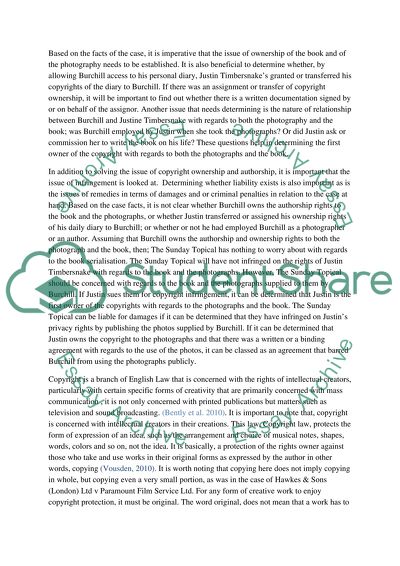Cite this document
(“Intellectual Property Law assignment Essay Example | Topics and Well Written Essays - 3000 words”, n.d.)
Intellectual Property Law assignment Essay Example | Topics and Well Written Essays - 3000 words. Retrieved from https://studentshare.org/law/1403085-intellectual-property-law
Intellectual Property Law assignment Essay Example | Topics and Well Written Essays - 3000 words. Retrieved from https://studentshare.org/law/1403085-intellectual-property-law
(Intellectual Property Law Assignment Essay Example | Topics and Well Written Essays - 3000 Words)
Intellectual Property Law Assignment Essay Example | Topics and Well Written Essays - 3000 Words. https://studentshare.org/law/1403085-intellectual-property-law.
Intellectual Property Law Assignment Essay Example | Topics and Well Written Essays - 3000 Words. https://studentshare.org/law/1403085-intellectual-property-law.
“Intellectual Property Law Assignment Essay Example | Topics and Well Written Essays - 3000 Words”, n.d. https://studentshare.org/law/1403085-intellectual-property-law.


